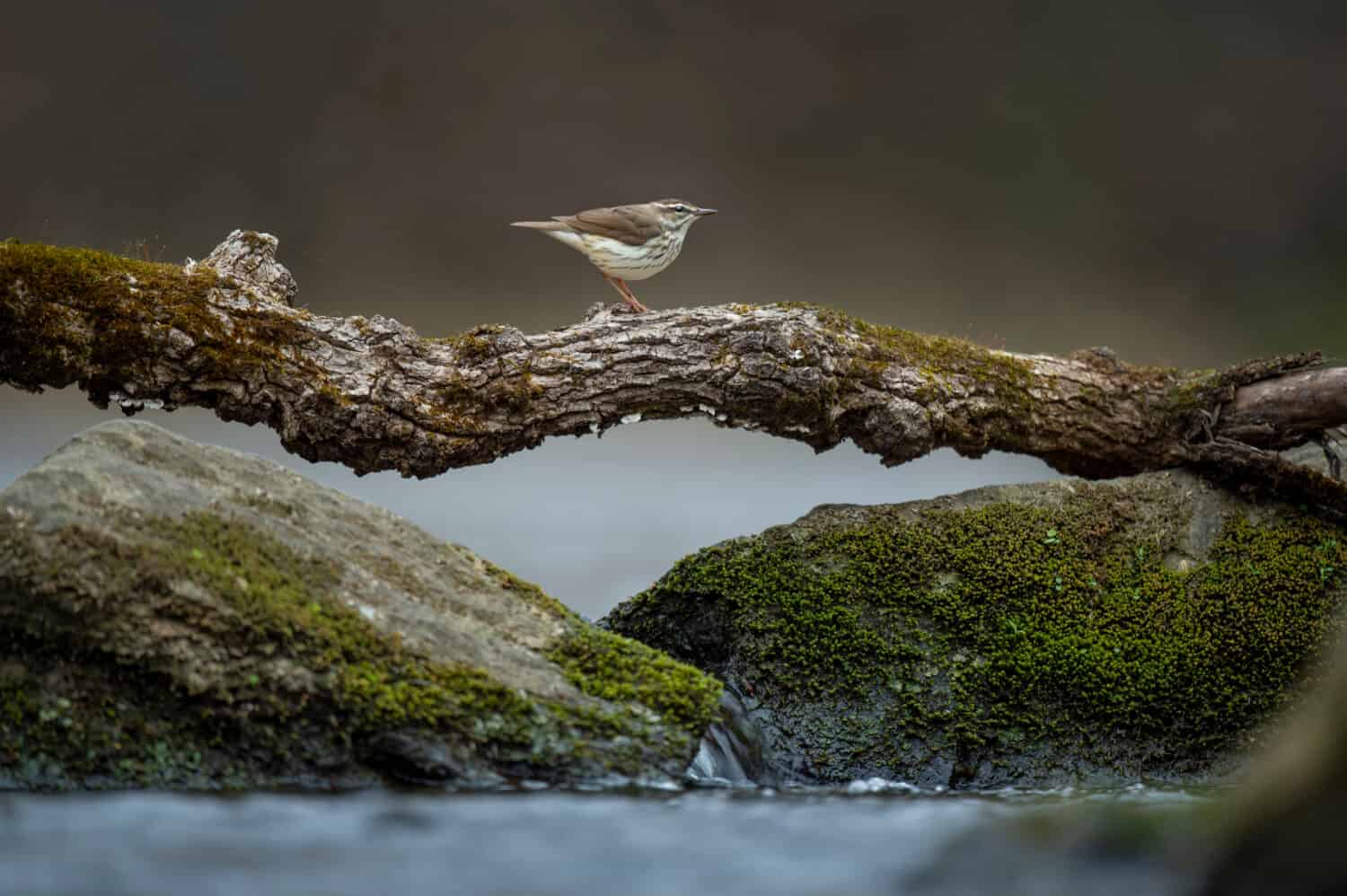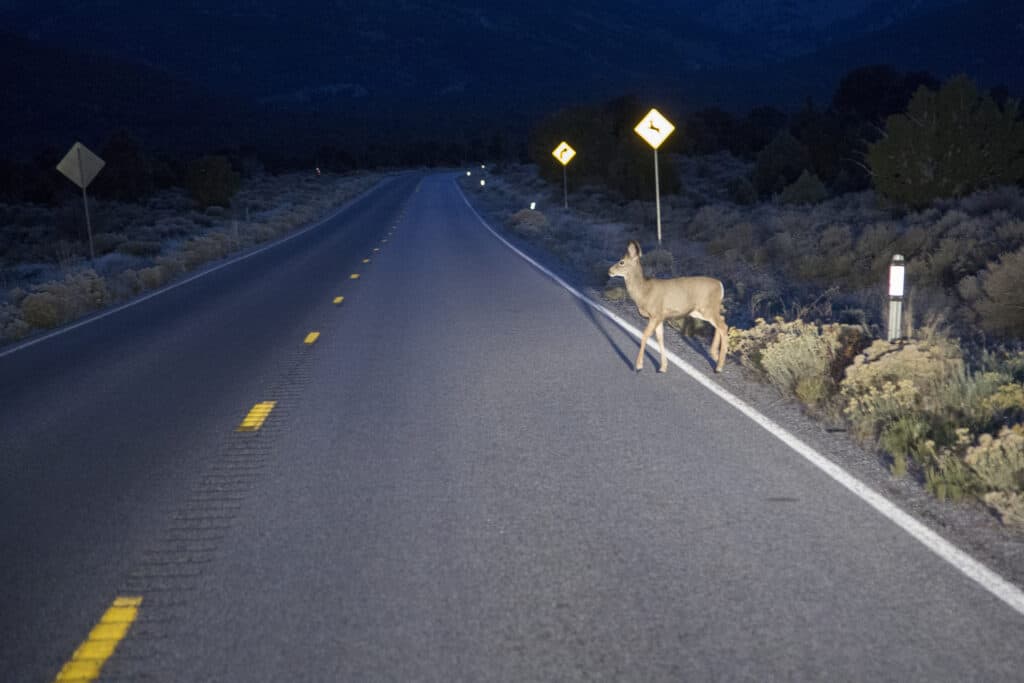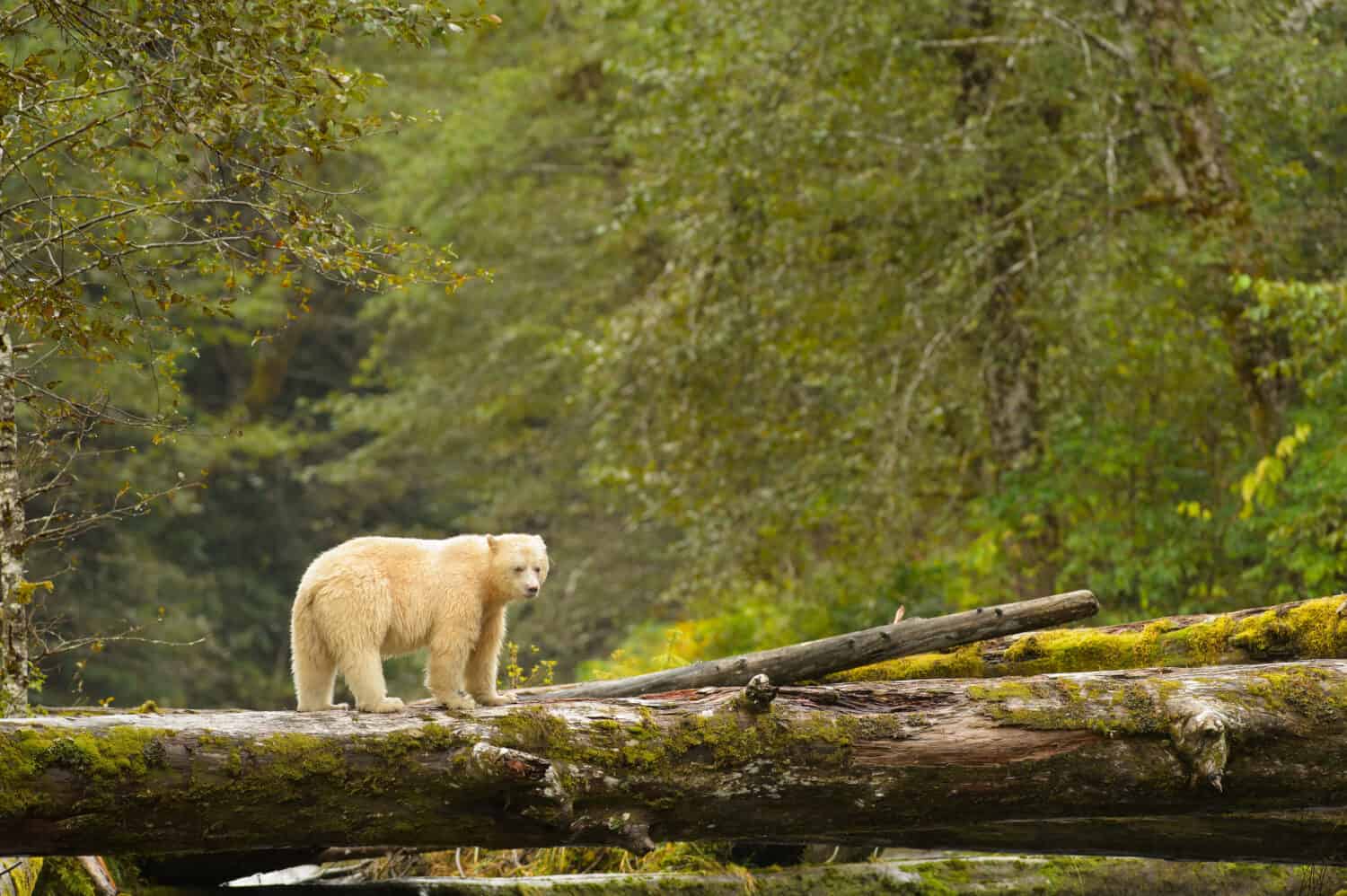This fantastic video, filmed in Pennsylvania, shows an incredible variety of animals using a log bridge. The trail camera is set on one end of the log that crosses a creek somewhere in the mountains found in the area. The caption at the start shows us this is the second year of filming, while the notes at the end identify 20 different species that use the bridge throughout the year.
Watch These Animals Cross the Log Bridge Below!
The animals that use the bridge include black bears, raccoons, coyotes, foxes, and even bobcats. Other animals, like mallard ducks, use the bridge as a spot to rest. Meanwhile, great blue herons and kingfishers use it to gain an advantage while fishing. At one point, a bobcat crosses the bridge and looks right into the camera! Not only that but a huge black bear brushes against the camera and makes it shake. Right at the end, a surprise creature you wouldn’t expect appears!
The video is a wonderful reminder of the intelligence of animals and the unique things we can find in nature. It also causes one to wonder about man-made bridges meant for animals to use. So, let’s learn about these so-called wildlife crossings before watching the video below!

Animal bridges or wildlife crossings allow creatures to safely pass over or under roadways.
©Sergey Dzyuba/Shutterstock.com
What Are These Bridges For Animals?
Because humans have built roads across the land through many natural habitats, animals die on them every year. Engineers around the world decided to build animal bridges or wildlife crossings to help this problem. They create these bridges to enable creatures to move above/below the roadway and remove the risk posed by cars. Many countries around the world have created these bridges for the wildlife local to them. Wildlife crossings exist in the United States, Germany, Australia, and many other places.

Natural bridges help animals across dangerous places. So, man-made wildlife crossings are an easy adaptation for them.
©Ray Hennessy/Shutterstock.com
Is It Normal For Animals To Use Bridges?
Yes, they do! In the 1950s, France developed the idea of these wildlife crossings, and the planning took off from there. Completed in 2006, the Natuurbrug Zanderij Crailoo in the Netherlands holds the title of the longest animal bridge at about half a mile long! The Banff National Park in Alberta, Canada, documented 150,000 crossings between 1996 and 2016 using the 44 wildlife crossings they built to help animals get past the Trans-Canada Highway. Reports from the park rangers estimate that deaths from road collisions reduced by 80 percent because of these structures.
Save People Save Wildlife (SPSW) is an organization dedicated to these bridge projects (and others) to help prevent unnecessary deaths of animals. They operate in Utah and have contributed more than $200,000 to save creatures from these deadly car crashes. SPSW also collects crash data to identify the most problematic areas for wildlife to cross roads.

Pay attention to animal crossing warning signs while driving.
©iStock.com/frontpoint
How Can You Help?
There are many ways you can help the animals local to your area in regard to crossing roads!
- Slow down while driving, especially at night when many animals are actively hunting.
- Watch carefully at the sides of the road for animals trying to cross. At night, look for their eyes shining in your headlights!
- Pay attention to animal crossing signs while driving. This will prepare you to be on the lookout!
- Donate to projects or organizations that build wildlife crossings, like SPSW or the Wildlife Crossings Pilot Program (WCPP) in the U.S.
- Tell your friends about these projects and share them on social media.
- If you hit an animal, don’t panic. Call the local authorities right away. There may be a wildlife rehabilitation center near you that can help! Do not approach the animal or try to touch it – a scared and injured wild animal may bite, scratch, or injure itself further trying to get away.
Thank you for reading! Have some feedback for us? Contact the AZ Animals editorial team.








